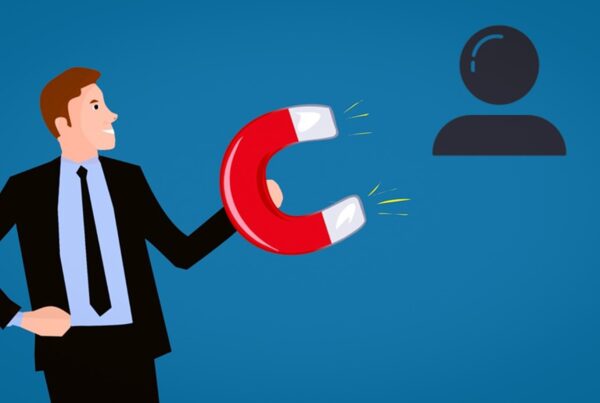So, it’s time to move on from your current office and onto the next one. Whether you’re expanding, downsizing, or just need your office to be in a better location, there are a lot of things you need to do when relocating. While the process can be stressful, it can also be very exciting and bring you more success in your business venture. The following checklist will be helpful in determining what you need to do when relocating your office.
Initial Steps
Before packing up and moving on, there are several things you may need to do before leaving. Completing these initial steps can save you a lot of trouble later:
Know the terms of your current lease.
- Break your current lease or opt to not renew it.
- If you are relocating prior to the end of your current lease, you may face a penalty or your current landlord may not give you your initial deposit back.
Find a new space. Of course, if you are going to relocate, you need somewhere to go!
- Don’t let the excitement overshadow the steps of determining whether or not each space you look at would be sufficient for your business.
- Remember that some offices are beautiful and big, but they may not be suitable workspaces for your company’s needs.
Plan out your new space.
- Remember that some offices may not have the technical capabilities required for your company’s success, or the office may be located outside the best area possible.
- Ensure any office you choose will work for your developed plan regardless of how attractive or affordable it is.
- Take an inventory of what you have, and make a plan for what you need your new office to offer to you.
- If needed, take measurements for equipment and even appoint a planning committee or seek an outside architectural firm to help.
Get Quotes.
- Hire a moving team to help you get all of your things into the new office.
- Prices can vary greatly between moving companies, so it is critical to get at least a few quotes.
- If you will need insurance of any type at your new place (e.g., renter’s insurance and equipment insurance), contact various insurance providers to get quotes from them, too.
Second Steps
Of course, you need to notify everyone who needs to know about your relocation and figure out logistics for when you actually move. This includes, of course, your staff, but also the postal services and your clients. The following list includes steps for the second phase:
Tell your landlord.
- While this may need to be done sooner than later depending on the terms of your current lease, you will need to notify your landlord that you will be relocating.
- Many landlords and property managers prefer and require tenants to give at least a three-month notice that they will be evacuating, so you need to be sure you abide by these terms to avoid fees or the loss of your deposit.
Give your staff a move date.
- Provide staff with a definitive relocation date will help them prepare better and be ready when the day comes.
- Depending on the make-up of your team, you may want to send out an email with the move date plus specific reasons why you are moving and how this can benefit the employees and the company as a whole.
- Be transparent with your staff about the move and keep them updated on the situation.
Tell other people who need to know you’ve relocated.
- Delivery services such as the U.S. Postal Service and UPS will need to have your address so they can forward any mail sent to your old office to your new office.
- Send a letter or email to all of your clients and anyone who ever sends you mail. Create a team to do this if necessary.
- Tell your bank, insurance provider, phone company, internet service provider, and more.
- If needed, transfer the electric and water bills back into your current landlord’s name or deal with the logistics of other utilities and equipment.
Third Steps
Now you’ll have to actually prepare to move. Below are some helpful tips for this:
Figure out if you need new stuff.
- This includes furniture, equipment, office supplies, and anything your new office may need to run smoothly.
- Place orders for items as soon as possible so they get delivered before or shortly after you move in.
Finalize permits and other paperwork.
- There is a lot of paperwork to be signed when relocating, which includes building permits, leases, Internet service contracts, parking spot permits, and cleaning company contracts.
- If your new office has an access code, make sure it works and you will remember it and be able to securely share it only with employees who need it.
Pack up.
- Of course, the amount of labor needed to relocate your office will vary based on how many items and how many employees you have, so if you need to, it might be a good idea to ask your employees to help.
- Label everything somehow, which may include color-coding things.
- Ask your employees to take any personal items home temporarily so they don’t get mixed in with your office things.
Move!
- Be ready for the movers when they come, and get there early.
- Have a person at the new place as well as the old place at all times to direct the movers and help them pack and unpack.
Fourth and Final Steps
Now that you’re in your office, there are some final steps to carry out before it’s time to enjoy it.
Update lists and your website.
- Make sure your internal contacts list is up to date as well as your website so any current and future clients know where to find you.
Make sure you’re completely done with the old place.
- Double-check that your old lease is completely closed and things like utilities have been moved out of your name so you don’t end up with bills you don’t want.
- Double-check your insurance company has your current information correct, and ensure the services in the new office are active and working.
Enjoy!
- Now that you’ve completed your move, you’re free to enjoy your new office space.
- Many companies who relocate like to have an “open house” for employees and clients or at least have a small party for employees, so an event like that might be a good idea for getting your staff excited about their new workplace.
Featured Image Credit: Clker-Free-Vector-Images/ Pixabay





